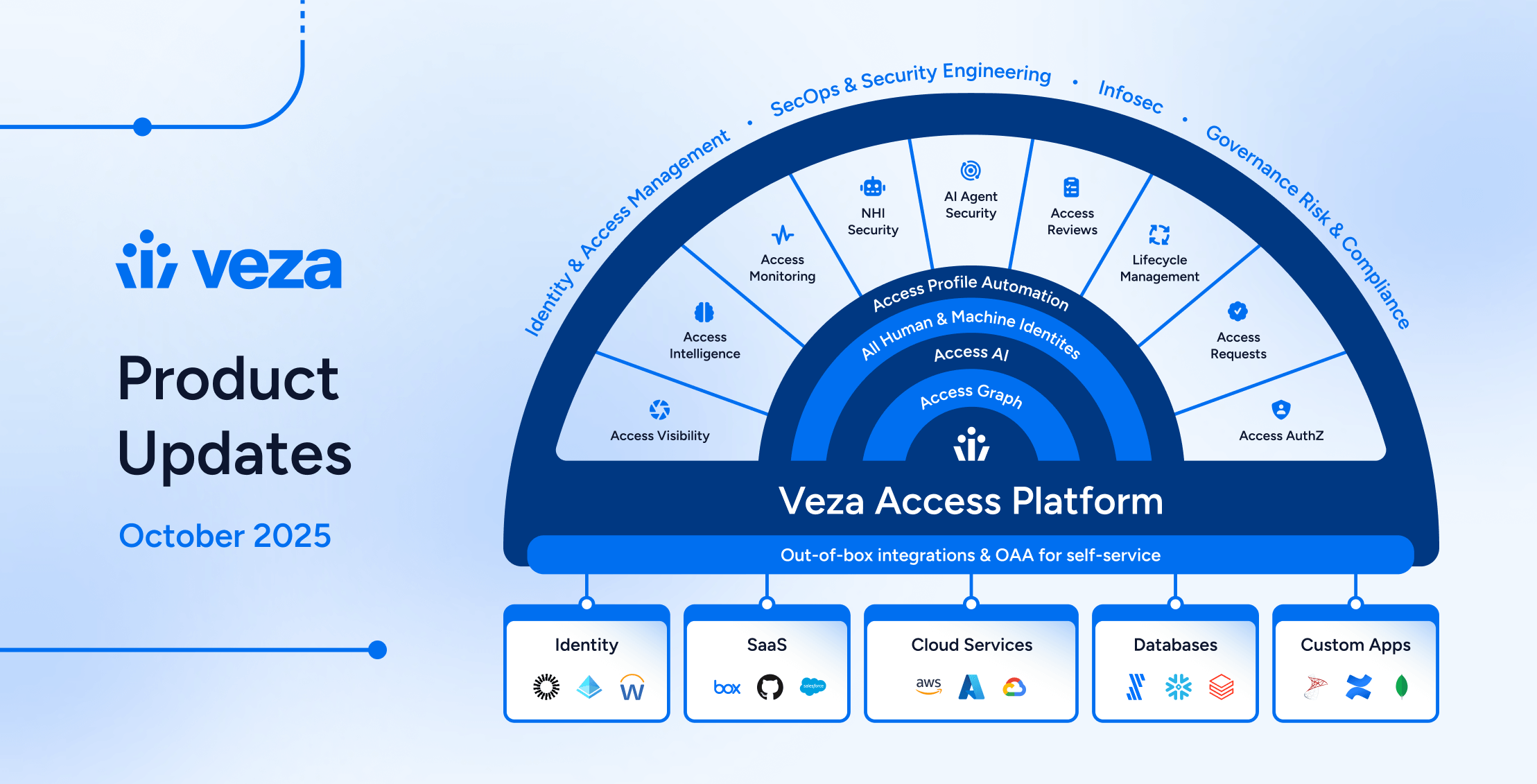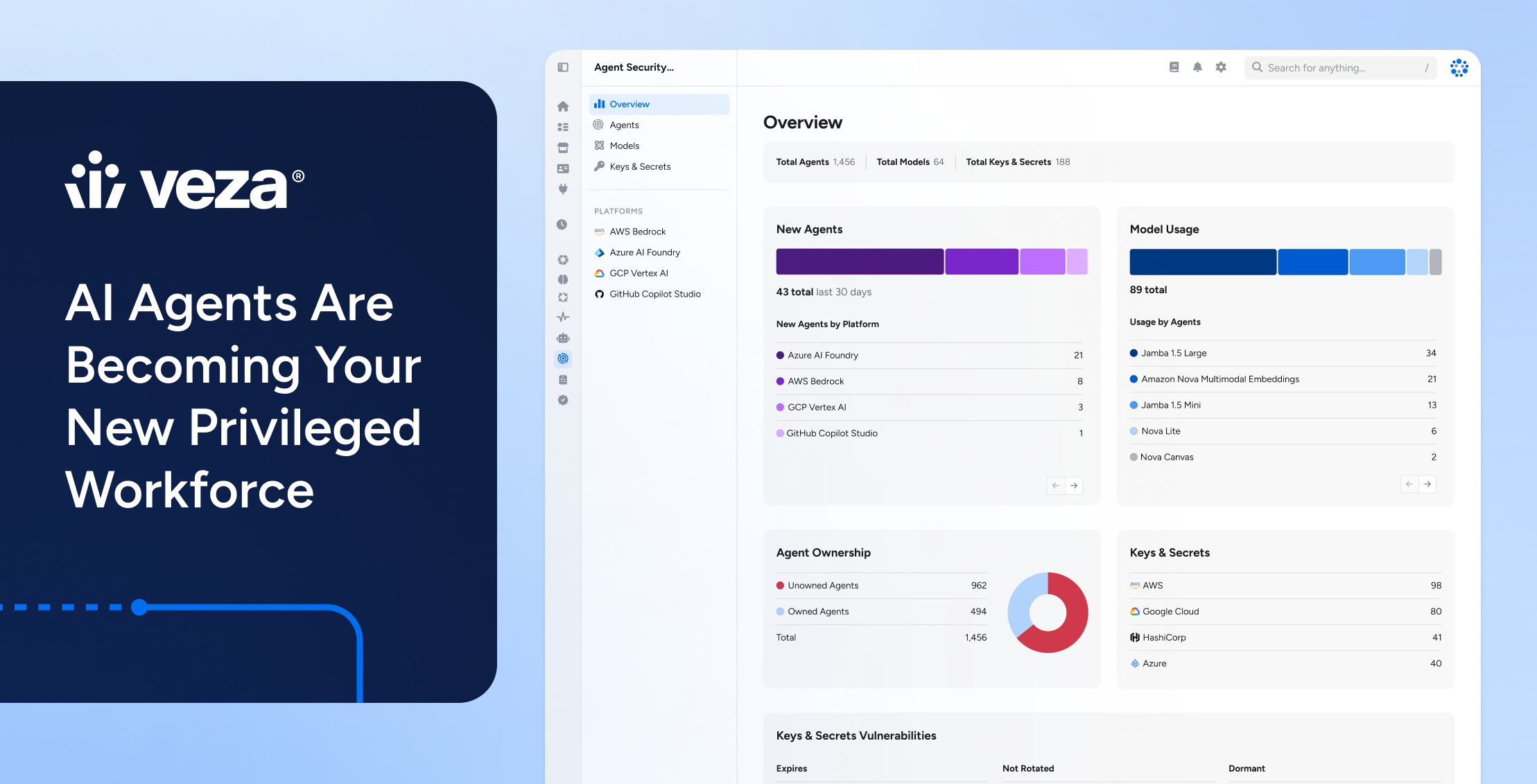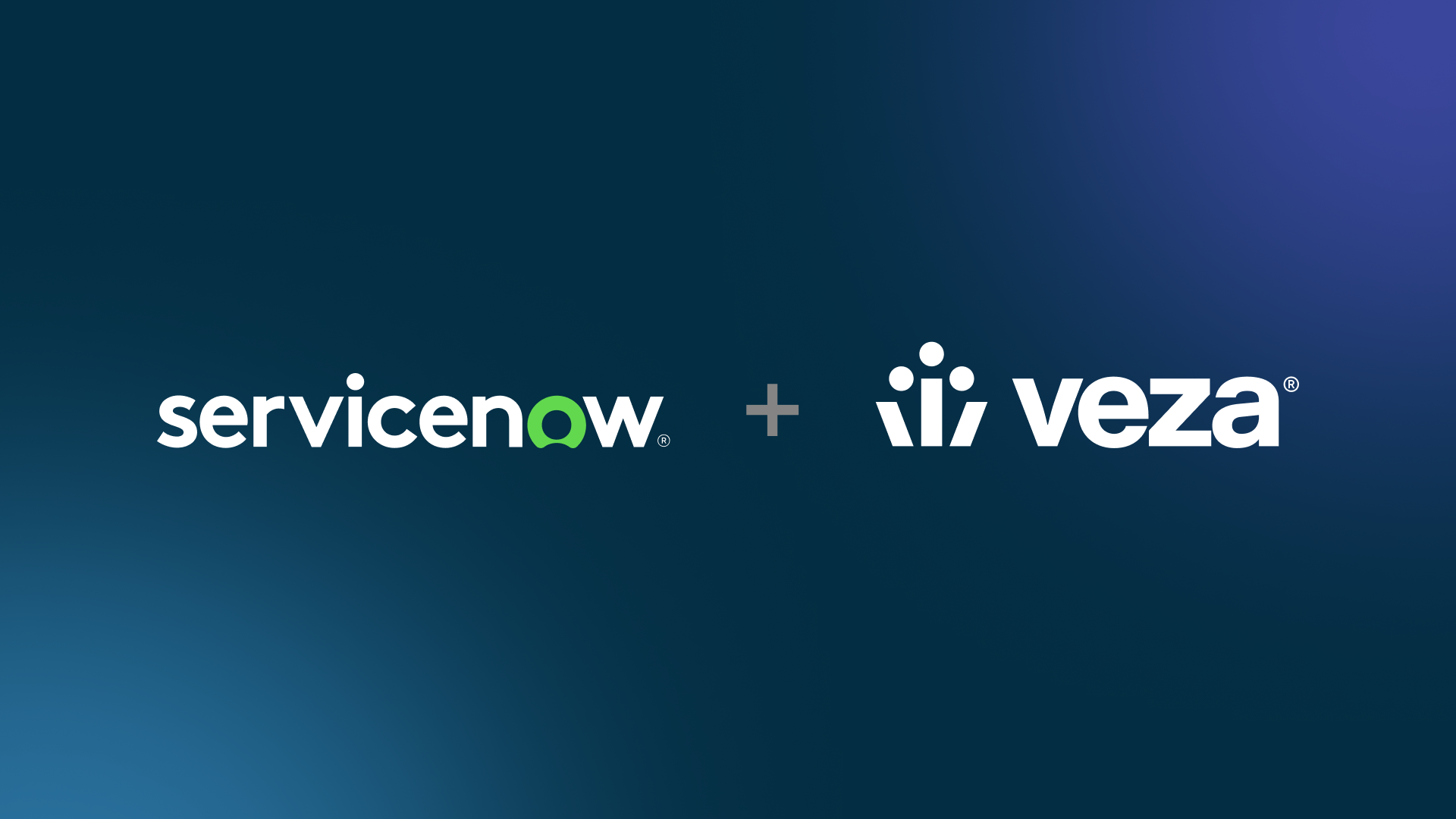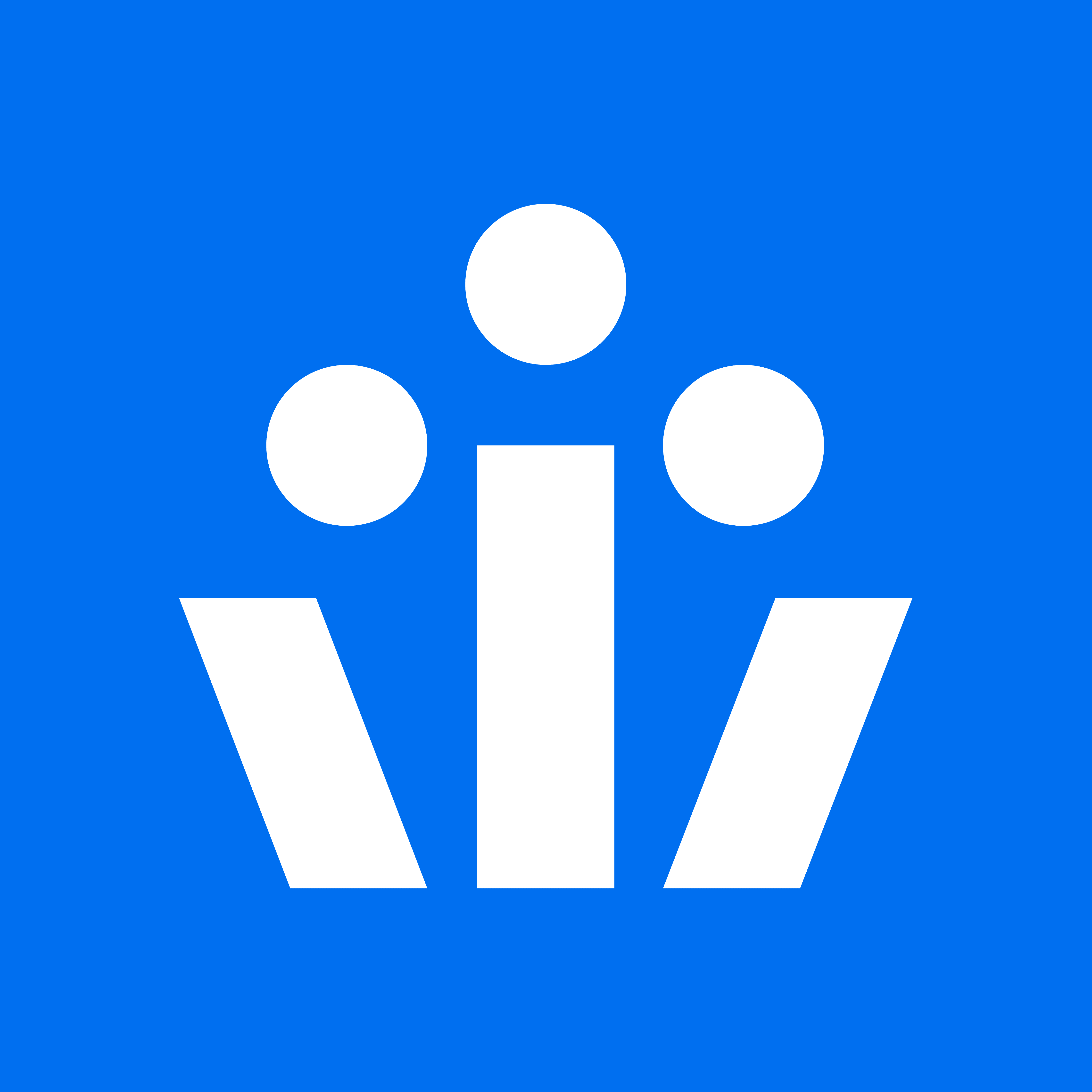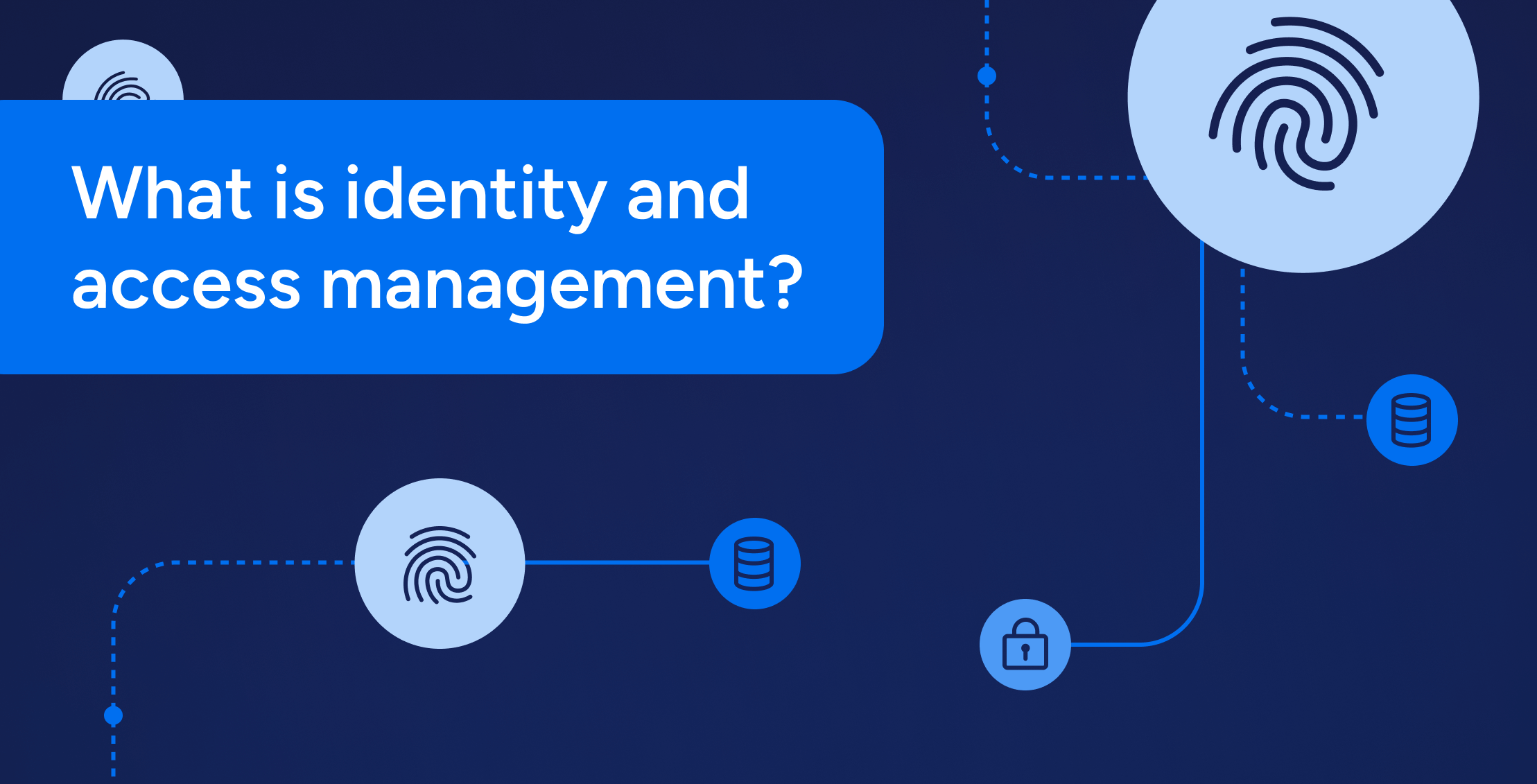
Identity and access management (IAM) is only becoming more important as the modern attack surface grows. With 80% of organizations having experienced an identity-related incident in the last year, it’s no longer a matter of “if” but “when” your organization will be targeted. And, when a data breach inevitably unfolds, there’s a 75% chance it will occur through the theft or misuse of identity.
Properly-configured IAM tools can help mitigate some identity security risks. But traditional solutions also have limitations that can create blindspots—like non-human identities (NHIs) and over-dependence on outdated, misrepresented group and role names.
How can organizations protect themselves from identity-related breaches if IAM solutions open doors for attackers?
This guide provides an overview of Identity and Access Management (IAM), including how it works, current IAM tools, the limitations of current IAM technology, and solutions that offer better visibility into access. With this information, you can decide how to best approach IAM within your organization and whether you need to implement more intelligent solutions to complement your identity security posture and access management strategies.
What Does Identity and Access Management Mean?
Identity and access management helps organizations control who can access their digital infrastructure. The goal is preventing unauthorized access to enterprise resources, systems, devices, data, applications, and more.
It incorporates both authentication (verifying who someone is) and authorization (determining what they are allowed to do) to help companies understand and visualize what actions each identity can take within the organization’s applications and systems.
Put more simply, IAM is designed to ensure that only the right people have the right access to the right resources at the right time.
Identity Management vs Access Management
Although often conflated, identity management and access management are actually two separate functions of controlling and securing access to systems and data, and they focus on slightly different things.
Identity management is about verifying and managing user details. It involves creating and maintaining user profiles with information like names, job roles, and contact information.
When a new employee joins a company, for example, identity management drives the process of setting up a new account for them in the company’s systems. It also includes managing these details throughout the employee’s lifecycle, from the time they’re hired to any role changes and promotions and until they leave.
Access management is about controlling what resources a user can access and what they can do with them. It involves monitoring permissions when users attempt to log into a system or access and interact with specific files or applications. Based on the organization’s policies and the user’s permission, access is either allowed, denied, or restricted.
For example, a regular employee might be able to view documents but not alter them, whereas an administrator might have permission to both view and edit those documents. The goal of access management is to follow the principle of least privilege, or making sure that users can only access the resources they need to perform their jobs and nothing more.
How Does IAM Work?
Identity and access management works by coordinating several core processes to control how users interact with digital resources. It typically involves several functions that can differ depending on an organization’s industry and size. However, most IAM workflows follow a similar series of steps.
It starts when a new user joins and is assigned an identity. This identity, which includes details about the role and the specific access rights associated with it, essentially determines what users can do once they log in.
Whenever a user does attempt to access a system, the first step is to authenticate their identity. That means checking credentials like passwords, security tokens, biometrics, or other forms of identification to confirm the user is who they claim to be.
Next comes authorization, which means determining what the user is allowed to do based on their role, group, or assigned policies set by the organization’s security policies. By verifying a user’s role and privileges against the requested action or resource, IAM helps make sure users can only access the systems, applications, or data that match their responsibilities.
But IAM doesn’t stop at login. It demands continuous management for all permissions throughout each user’s lifecycle. As people join, change roles, or leave, for instance, IAM enforces provisioning (setting up access for new users) and deprovisioning (removing access when no longer needed) behind the scenes.
However, how IAM works at your organization will also depend on the type of deployment model it opts for.
Cloud IAM vs On-premise IAM
The main difference between cloud and on-premise IAM deployment models is where and how the systems and software that manage identities and access are located.
Cloud IAM
In cloud IAM, the systems and software an organization uses to manage identity security and access are hosted on the cloud provider’s servers. That means they aren’t physically present within the organization’s premises. Instead, they use the service through the internet.
Most cloud IAM operates on a subscription model, where the organization pays for the service regularly (monthly or annually) based on the level of service and the number of users. Here, the cloud provider is responsible for maintaining cloud IAM infrastructure, security, and upgrades. Called shared responsibility, this model is standard for most cloud service providers today.
Because cloud IAM is scalable, it can adjust to handle more or fewer users as an organization’s needs change. It is also generally more flexible, offering integration with a wide range of applications and services hosted on the cloud.
On-premise IAM
On-premise IAM systems are physically located at the organization’s facilities. Here, the servers and other infrastructure are owned and managed by the organization. Often, the company’s own IT staff are responsible for system upgrades, security patches, and troubleshooting.
But scaling on-premise IAM can also be complicated. It usually needs additional hardware and software (expensive), and fine-tuning (time-consuming). On the plus side, it can also reduce ongoing costs without regular subscription fees.
IAM Functionalities
Most IAM platforms provide a set of core functionalities to help organizations securely manage access to their resources. These features help IT and security teams control who gets access, what they can do with it, and how permissions change throughout an identity’s lifecycle. With modern identity security solutions like Veza, your company can make its IAM capabilities even more intelligent for deeper insights, smarter automation, and tighter control over permissions.
1-Identity Lifecycle Management
Identity lifecycle management means continuously preventing unauthorized access and simultaneously managing access for authorized users as they join, move around, or leave an organization. It’s about granting the right access to new users, preventing privilege creep for users changing roles, and removing permissions as soon as users no longer need access.
But most traditional IAM tools (like Microsoft Azure, Okta, and Google Workspace) don’t automate provisioning and deprovisioning processes. Instead, they rely on manual, fragmented workflows to manage user access across different systems. Not only is this tedious and time-consuming—it can be risky.
With a tool like Veza, organizations can take the complexity out of lifecycle management. By connecting directly to your HR systems, it can automatically grant, adjust, or revoke access based on events like new hires, role changes, or terminations. It even maps user attributes to downstream systems and logs everything for audits, so you stay compliant without all the busywork.
Learn more with Veza’s lifecycle management data sheet.
2-Identity Governance
Identity governance is how organizations review, certify, and enforce access policies. It’s essential for reducing risk, meeting compliance requirements, and making sure users only have access to what they need and nothing more.
Unfortunately, most IAM platforms still rely on static roles, manual reviews, and outdated group names that don’t reflect real-world permissions—which can make it hard to enforce least privilege or prove compliance.
Instead, modern solutions like Veza give teams real-time visibility into effective permissions across cloud services, SaaS apps, data systems, and more. It translates complex entitlements into simple business terms (like Create, Read, Update, Delete), so access reviews are faster, more accurate, and less painful for teams.
3-User Authentication
Authentication is the process of verifying that someone is who they say they are. It’s the first line of defense in any IAM system, usually through passwords, biometrics, or multi-factor authentication (MFA).
Most IAM platforms do a decent job enforcing MFA and managing sign-on processes. But they don’t always help teams spot risky configurations, like users without MFA, unused service accounts, or dormant credentials that still work.
Here, a tool like Veza can help fill in those gaps with Access Monitoring that continuously scans your environment. It automatically identifies accounts with weak or misconfigured authentication and flags issues like dormant users, missing MFA, or overexposed service accounts. It’s a smarter way to stay on top of identity hygiene without combing through every system manually.
4-User Authorization
Authorization is about defining what users can do once they’re in—what files they can open, what systems they can change, and what actions they can take. It’s the part of IAM that enforces least privilege.
Traditional IAM tools typically base authorization on static or group roles. But those roles often don’t reflect what users can actually do, especially across complex environments like AWS, Snowflake, or Salesforce.
With Veza, on the other hand, teams can always see what’s really going on. Its Access Graph shows exactly who can do what, across every system you care about. That means no more guessing, no more surprises, and no more risky permissions hiding in plain sight.
5-Provisioning and Deprovisioning Users
Provisioning assigns the right permissions when a user joins or changes roles, while deprovisioning removes those permissions when they’re no longer needed. Yet, while essential for security, these tasks are often tedious, overlooked, or indefinitely delayed.
Most IAM platforms offer basic provisioning support, but they tend to rely on manual input or just can’t integrate with critical systems. Deprovisioning, in particular, is where many fall short. It’s not uncommon for accounts to remain active long after users leave, which can expose organizations to unnecessary risk.
But the problem doesn’t stop with human users. Non-human identities (NHIs) like service accounts, automation scripts, and cloud workloads now outnumber human identities by 17 to 1. Yet most IAM systems have no way to track whether those NHIs are still in use, who owns them, or what they can actually access.
Veza makes it easier to get this right by automatically provisioning and removing access based on predefined policies or events from your HR system. That way, you can set birthright access, schedule changes in advance, and even track when access was last used, so you’re never left guessing who still has access to what. And, because Veza treats NHIs as first-class identities, it even lets teams discover and label them across all systems, assign human owners, and track whether those accounts are active or dormant.
6-Resource Access Management
Resource access management controls how users interact with systems, applications, and data. It’s about making sure only the right people can access sensitive resources, which is why it’s foundational to Zero Trust.
But most IAM platforms simply can’t provide a complete picture of access. They may show which roles exist, but not how those roles map to actual permissions across Snowflake, GitHub, AWS, or your SaaS stack. For teams, that makes it hard to enforce policies, detect violations, or investigate incidents.
With a centralized view of access across your entire environment, Veza’s Access Intelligence can help your teams spot misconfigurations, dormant permissions, and high-risk users all in one place and take action quickly. It even tracks changes over time so you can stay ahead of audits and attackers.
Identity and Access Management Tools & Technologies
Tools and technologies designed to improve identity and access management can help simplify the process significantly.
Single Sign-On (SSO)
SSO allows users to log in once and get access to multiple related systems without needing to authenticate separately for each one. This simplifies the user experience, reduces password fatigue, and decreases the risk of password-related security breaches.
However, over 50% of organizations surveyed by Gartner feel that SSO alone is insufficient, and many have difficulties with integration (45%) and device sharing (36%).
MFA or 2FA
Both Multi-Factor Authentication (MFA) and Two-Factor Authentication (2FA) require users to provide two or more verification factors to gain access to a resource. This might include something known to the user (such as a password), something in the user’s possession (like a security token), or an inherent characteristic of the user (for instance, biometric identification).
When used correctly, MFA can reduce the risk of account compromise attacks by 30-50%.
Role-based Access Control (RBAC)
RBAC limits system access to authorized users based on their role. Users are granted access rights depending on the responsibilities and duties associated with their role, which simplifies managing user permissions and enforcing security policies.
SAML (Security Assertion Markup Language)
SAML is a standard for exchanging authentication and authorization data between parties, particularly between an identity provider and a service provider. This enables SSO for web applications, allowing secure cross-domain user access.
OpenID Connect (OIDC)
ODIC is an authentication layer on top of OAuth 2.0, an authorization framework. It allows clients to verify the user’s identity and obtain their profile information. ODIC is widely used for online identity verification across various platforms and services.
System for Cross-Domain Identity Management (SCIM)
SCIM is a standard that allows for automating user provisioning and management. It is used to simplify user identity management in cloud-based applications and services by standardizing how user information is exchanged between systems.
Limitations of IAM Solutions
Traditional identity and access management tools have become a standard part of most enterprise security programs. But they simply weren’t built to handle the complexity of modern environments. Understanding their limitations can help organizations identify where to supplement with more advanced solutions.
Focused on authentication
Most IAM platforms do a good job verifying user identities, but many stop there. They authenticate users without understanding what those users are actually authorized to access, especially once they’re inside the network.
Unfortunately, this lack of visibility into real-world permissions can create dangerous visibility gaps. A verified identity isn’t the same as a secure one, especially when that identity has excessive, unused, or hidden privileges.
Instead, Veza focuses on effective permissions. It goes beyond roles and groups to show exactly what actions each identity (human or machine) can take across systems. With that visibility, teams can enforce least privilege, detect toxic combinations, and investigate risks faster.
Limited integrations
IAM platforms often integrate well with mainstream apps and identity providers. Custom apps, legacy systems, or specialized data stores, on the other hand, not so much. But these gaps can also create inconsistencies in access control, and in some cases, entire blindspots.
Supporting 200+ agentless, ready-only integrations, plus an Open Authorization API, Veza is built for fast onboarding of custom systems. Whether dealing with homegrown apps or high-scale cloud environments, Veza makes it possible to centralize access intelligence without relying on professional services or complex connectors.
Siloed data
Most IAM tools rely on directory services like Active Directory, Okta, or Google Workspace. But those systems only show users and groups, not the full picture of permissions. Without insight into what those identities can actually do, IAM data can be fragmented and hard to act on.
Instead, modern solutions like Veza unify access data across cloud platforms, SaaS apps, data lakes, and on-prem systems for a complete view of access: not just what roles exist, but what each one allows. It translates permissions into simple, understandable terms like “create,” “read,” “update,” and “delete,” so teams can act on insights quickly and confidently.
Requires knowledge of complex IAM systems
Even experienced teams can struggle to configure IAM systems properly. Managing nested roles, inheritance chains, and conditional policies requires significant expertise. Here, even small misconfigurations can lead to overexposure or access gaps.
With natural language Access Search, visual dashboards, and automation workflows, Veza can significantly reduce the need for IAM expertise. Instead, security and GRC teams can surface and remediate risk without relying on engineering, while custom queries, policy alerts, and role recommendations help standardize decisions across teams.
Inaccurate group naming
Many IAM platforms base permissions on group or role names that don’t always reflect reality. For example, a group called “read-only” might include delete rights, while a “contractor” role might have admin access in a legacy system. Most of the time, these inconsistencies lead to too much access, or not enough.
By analyzing effective permissions directly from each system, Veza sidesteps role naming issues entirely. With Veza, you can see what access actually exists, not just what the label suggests. This makes access reviews clearer, policy enforcement stronger, and audits far more accurate.
Limited visibility on non-human identities and machine identities
Service accounts, automation tools, machine identities, and AI agents now outnumber human users in most environments. Yet many IAM tools still don’t account for them. However, these NHIs often hold elevated privileges, don’t use MFA, and aren’t tied to a clear owner, making them an ideal target for attackers.
Instead, Veza helps teams discover NHIs across their stack, assign human owners, monitor activity, and remove dormant or risky access. With Veza, teams can enforce policies like key rotation, detect shadow service accounts, and reduce blast radius from overlooked identities—all from the same platform used to manage human access.
RBAC
Role-Based Access Control (RBAC) is widely used in IAM systems to simplify permission management. Users are grouped into roles, and each role has a predefined set of permissions. In theory, it works well. But in practice, roles often become outdated, overly broad, or poorly aligned with what users actually need.
Over time, organizations accumulate hundreds or even thousands of roles, many with unclear names, redundant access, or conflicting permissions. But this can make it hard to enforce least privilege and even harder to conduct accurate access reviews.
Rather than rely on role names or static group assignments, Veza analyzes effective permissions directly from the source so security teams can see what access roles provide and compare it to user activity. It also recommends right-sized roles for new identities (human or machine) based on usage patterns and policy requirements to reduce blast radius without slowing teams down.
Going Beyond Traditional Identity & Access Management Solutions
Traditional IAM tools were designed for a different era. Here, identities lived in neat directories, roles rarely changed, and human users were the only ones logging in. But today’s IT environments are dynamic, distributed, and complex. Teams are expected to manage massive volumes of user identities across cloud platforms, SaaS apps, on-prem systems, unstructured data stores, and AI-powered tools. And yet, most IAM solutions still focus on users and groups, not what those identities can actually do.
With modern solutions like Veza, your organization can move away from outdated IAM and into the future of identity security. It deploys in days, not months, automating reviews, trimming over-permissioning, and empowering business leaders to make fast, informed decisions right away.
Where traditional IAM tools stop at roles or group membership, Veza goes deeper, analyzing effective permissions across systems so you can see exactly who can take what action, down to individual files, tables, or APIs—nearly in real time. Veza discovers, tracks and governs NHIs just like human users, so you can remove orphaned access, enforce ownership, and reduce risk. It maps real permissions and usage patterns, then recommends right-sized roles and access policies to help enforce least privilege without causing friction.
From Snowflake to Salesforce, SharePoint to custom-built apps, Veza’s 300+ integrations help surface misconfigurations, flag dormant access, and reveal identity risks in places your IAM platform simply can’t reach. Purpose-built to go beyond the limits of traditional IAM, Veza offers a smarter, simpler, and more secure approach to identity.
Ready to Take the Next Step?
To guide you through your journey in Identity and Access Management (IAM), we’ve tailored resources to meet you where you are:
Learn the Essentials of Identity and Access Management
If you’re just beginning to explore IAM, start with our foundational resources to understand the basics.
Schedule Your Personalized Demo and Secure Your Organization’s Future
Ready to see Veza in action? Book a personalized demo to experience firsthand how our solutions can address your unique needs.
About the Authors
This article was developed in collaboration between Mariah Brooks, an independent consultant and researcher focused on identity security, and Matthew Romero, Technical Product Marketing Manager at Veza.
Mariah brings deep experience translating complex technical challenges into practical, real-world insight. With a background spanning identity governance, cyber risk, and responsible AI, she’s spent 5 years working alongside CISOs and security architects to unpack emerging issues like Non-Human Identities (NHI). Her clarity, context, and credibility make her a trusted voice for security leaders navigating high-stakes access decisions.
Matthew brings a strategic marketing lens grounded in the realities of modern enterprise security. At Veza, he helps define go-to-market positioning for identity-first security solutions, bridging the gap between technical innovation and customer relevance. His work focuses on connecting product capabilities to the risks and operational demands security teams face every day.
Learn more about their work:
Mariah Brooks – LinkedIn
Matthew Romero – LinkedIn

